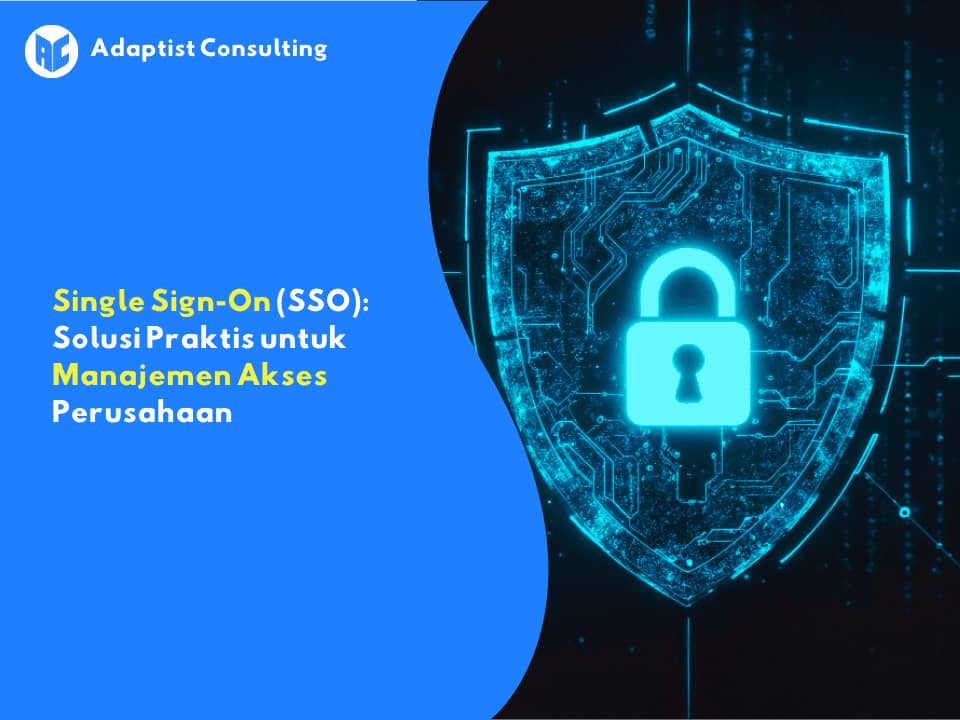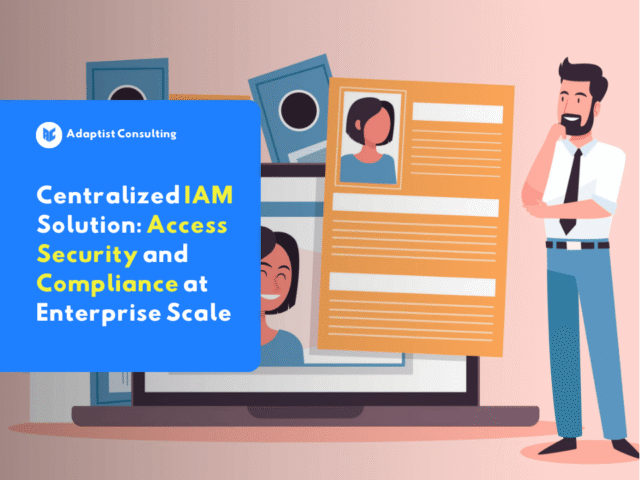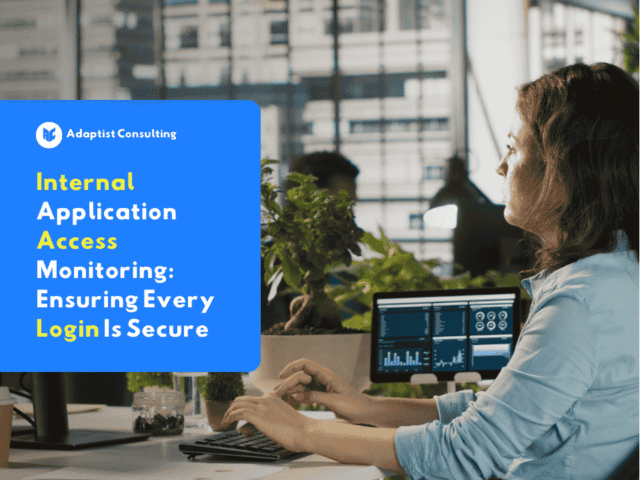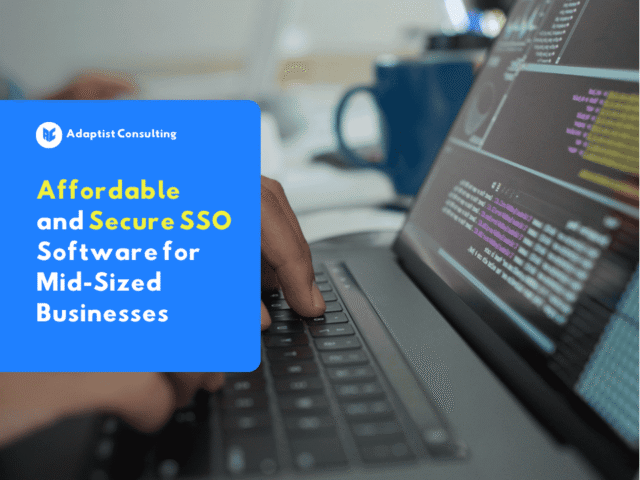
Omnichannel Strategy to Improve CX
September 22, 2025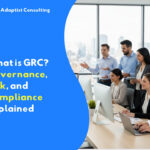
What is GRC? Governance, Risk, and Compliance Explained
September 22, 2025Single Sign-On (SSO): A Practical Solution for Enterprise Access Management
What is Single Sign-On (SSO)?
Single Sign-On (SSO) is an authentication mechanism that allows users to log in once to securely access multiple applications. This system reduces the need to remember multiple passwords while improving overall account security and user experience.
The Challenge of Multi-Account Access in Enterprises
Most companies rely on dozens of applications, from email and ERP systems to collaboration tools.
When employees are required to remember different passwords for each account, the risks increase: weak passwords, password reuse, and exposure to phishing attacks.
Key Benefits of Single Sign-On (SSO)
-
Login Efficiency – Employees only need a single authentication process.
-
Stronger Security – Integrated with MFA to prevent unauthorized access.
-
Increased Productivity – Less time spent logging in means faster workflows.
-
Centralized Control – Admins can manage and monitor access from a single dashboard.
Gartner highlights that SSO is a core component of modern IAM strategies, especially for digital-first businesses.
SSO Integration with Identity and Access Management (IAM)
Single Sign-On works most effectively when integrated with Identity and Access Management (IAM) systems.
Adaptist Consulting, through its Prime solution, provides IAM with built-in SSO and MFA,
ensuring that companies not only improve efficiency but also remain compliant with regulatory requirements.
Examples of Single Sign-On Implementation in Enterprises
-
Tech startups reduce developer login time and simplify access.
-
Banks and fintechs strengthen security by combining SSO with biometric authentication.
-
E-commerce platforms streamline access to admin dashboards and customer service tools.
To dive deeper, read our article on 2FA vs MFA Differences, which explains additional authentication methods that can be combined with SSO for stronger security.
Conclusion: SSO as a Security Investment
Single Sign-On (SSO) is not just about easier logins—it enhances security, reduces IT management costs, and delivers a better digital experience for employees.
With modern IAM solutions, enterprises can integrate SSO, MFA, and comprehensive access control into a unified security strategy.


